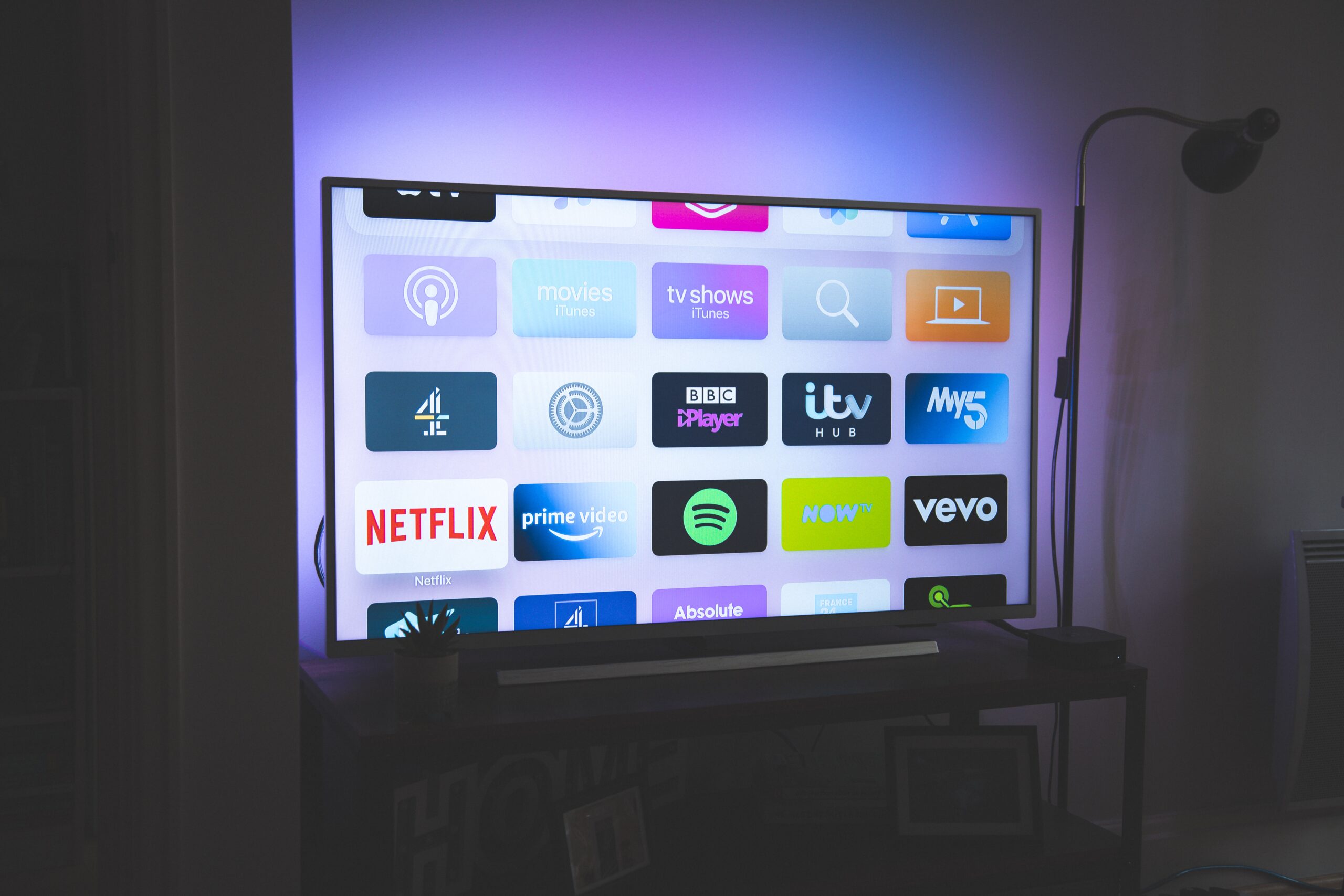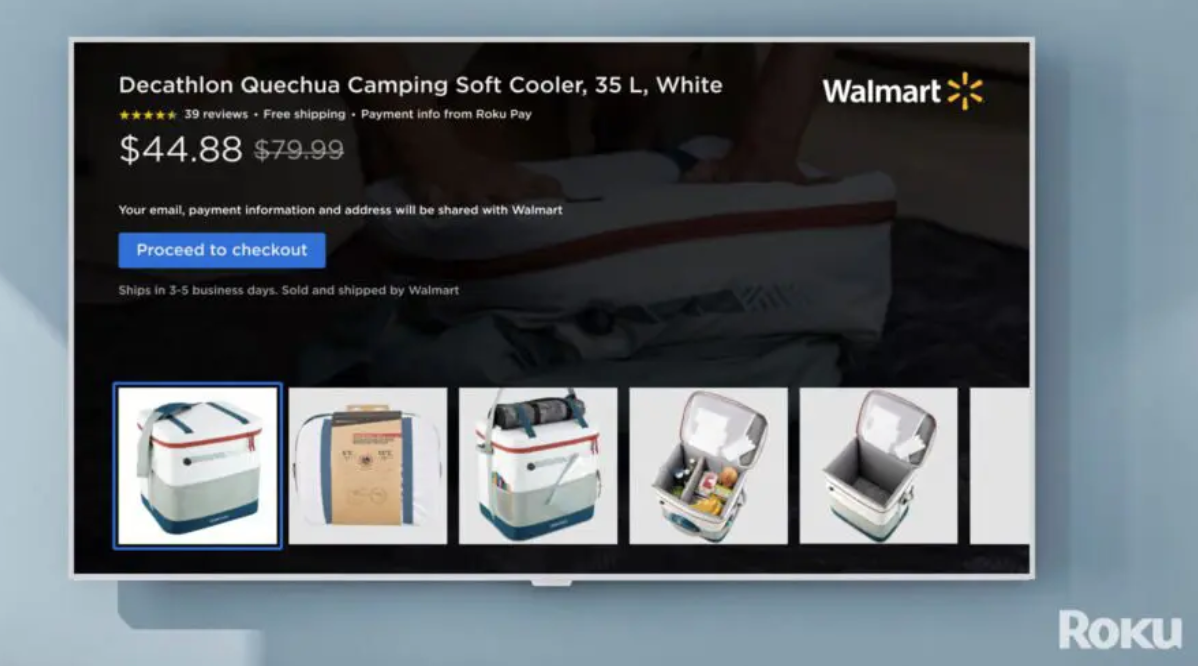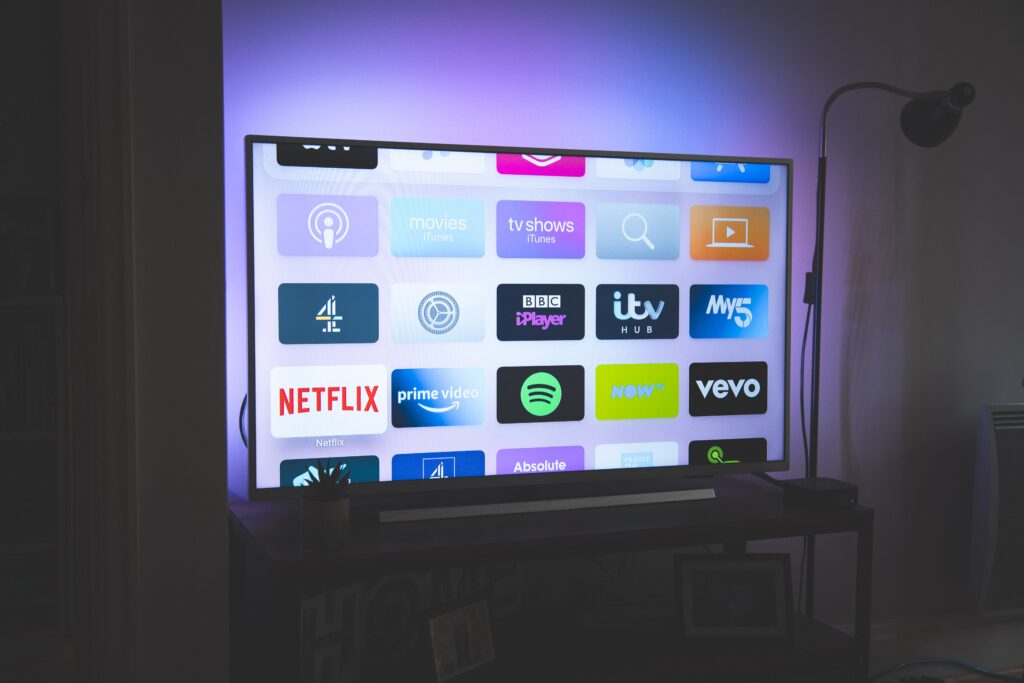CTV and the addition of shoppable ads

Advertisements that persuade consumers to purchase a new product are obviously not a new concept, but the integration of shopping functionality directly into one is. Instigated by increasing online activity, ecommerce has grown in popularity and become increasingly accessible across the web — and most recently on television screens. Ecommerce has expanded onto connected TV (CTV) as a result of its interactive capabilities, and this integration opens new opportunities for advertisers that should not be ignored.
What are shoppable ads?
Shoppable ads allow consumers to purchase products directly from an advertisement. These are commonly seen on social networks such as TikTok, Instagram, Facebook, or Pinterest, but now they are expanding beyond these platforms. Thanks to the interactivity of CTV, shoppable ads have now entered the TV landscape. These ads reduce friction on the path to purchase by allowing consumers the opportunity to immediately purchase a product or service, therefore reducing the need for research and shortening the purchasing cycle.
This tactic has proven to be a wildly successful conversion driver among consumers. In fact, in 2022, it was reported that 82% of consumers purchased a product from their phone immediately — this showcases the high rates at which consumers convert immediately following an ad. And Net Solutions reported that shoppable search video ads see averages of 30% conversion rates in the first week live. In other words: 30% of people who viewed the video ad converted on site, which further demonstrates the ability of shoppable video ads to drive conversions.
While this is still a new addition to the advertising scene, some brands have already jumped on this opportunity. For example, Starbucks implemented shoppable ads on Instagram, allowing users to scroll between different products and click to purchase within that same ad.
CTV x shoppable ad opportunities
As more consumers “cut the cord” and switch from traditional TV subscriptions to connected TV, there is a growing opportunity for advertisers within CTV. This is due to the shift of consumer preference from traditional TV to subscription services. In fact, the share of United States households without a traditional TV subscription increased year over year from 42% in 2020, to 47% in 2021, and to an estimated 53% in 2022. The affordability and variety of options on streaming services has enticed many consumers and caused a major shift in preferences — creating more opportunities for advertisers on CTV.
With many consumers utilizing CTV, advertising on CTV has become a highly valuable option. This value stems from its high video completion rates. Due to its unskippable nature, in 2022, it was reported that CTV in general drove a 95% video completion rate, while mobile and PC combined only drove a 62% VCR. Some advertisers have already jumped on the emerging CTV viewership opportunity, and in 2021, it was reported that connected TV accounted for 46% of all video impressions as well as 49% of ad spending by advertisers. The growing advertising opportunities and viewership means CTV is something marketers won’t want to miss out on.
Examples of shoppable CTV ads in the marketplace
Shoppable CTV ads have only recently been implemented, most widely seen with Roku and Walmart’s pilot partnership. Halfway through 2022, Walmart and Roku teamed up to introduce shoppable commerce on CTV. Walmart’s advertisement on Roku allowed users to select a product with their remote and purchase via the advertisement.
According to Roku, “the new experience offers product discovery with a seamless checkout experience, enabling purchase directly at the time of inspiration.” In other words, this advertisement was beneficial to Walmart by allowing consumers to select and purchase a product immediately, therefore diminishing the time spent in the purchase funnel.

A similar approach was used for a Michelob Ultra advertisement that had a quick response (QR) code — upon scanning the QR code, consumers were taken to the Michelob Ultra page on Instacart to encourage a prompt conversion.
What marketers need to know
Why are shoppable advertisements on CTV important? As the data have repeatedly shown, these ads have proven to be strong conversion drivers for mobile devices with immediate conversions by 82% of consumers. As CTV users increase, and opportunity for shoppable ad inventory opens, more consumers will be in reach. Overall, for brands with the goal of driving conversions and purchases, as well as hitting benchmarks for video completion rates, shoppable ads on CTV are a great and increasingly more accessible option that should be considered.



